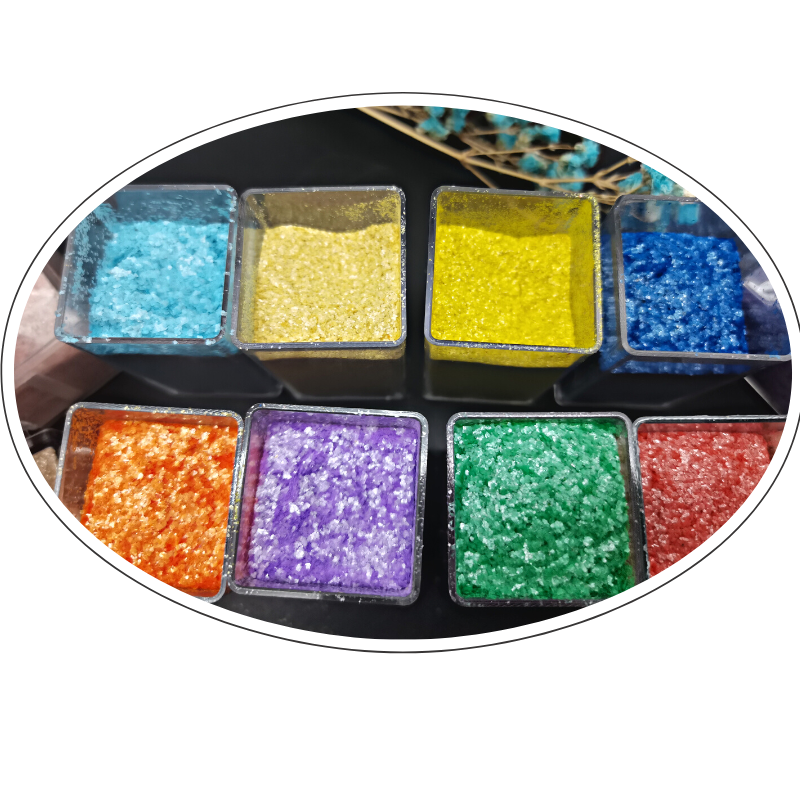
The Role of Fly Ash and Silica Fume in Enhancing Concrete Performance
The Role of OEM Fly Ash and Silica Fume in Concrete
Concrete is one of the most widely used construction materials around the globe. Its strength, durability, and versatility make it a preferred choice for various applications. However, the production of traditional Portland cement, a key ingredient in concrete, is associated with significant carbon emissions and energy consumption. As a result, the construction industry is increasingly exploring supplementary cementitious materials (SCMs) to improve the performance of concrete while reducing its environmental impact. Two such materials gaining attention are fly ash and silica fume, particularly when utilized in an OEM (Original Equipment Manufacturer) context.
The Importance of Fly Ash
Fly ash is a byproduct of burning pulverized coal in electric power generating plants. It contains fine particles that are carried away from the combustion chamber by flue gases and is collected using electrostatic precipitators or bag filters. The use of fly ash in concrete offers several benefits. Primarily, it contributes to enhanced workability, which results in easier placement and finishing of concrete. Additionally, fly ash improves the long-term strength of concrete due to its pozzolanic properties, meaning it reacts with calcium hydroxide to form additional cementitious compounds.
Furthermore, fly ash can significantly reduce the overall cement content in concrete mixtures, which not only lowers the carbon footprint but also reduces the energy costs associated with cement production. In applications where high durability is required, such as in infrastructure exposed to aggressive conditions, incorporating fly ash can improve resistance to sulfate attack and reduce permeability, thus extending the lifespan of concrete structures.
The Function of Silica Fume
Silica fume, another SCM, is a byproduct of the production of silicon metal or ferrosilicon alloys. It consists of extremely fine particles—up to 100 times smaller than that of Portland cement—which allows it to fill the voids in concrete, leading to enhanced density and strength. Silica fume exhibits pozzolanic behavior similar to fly ash, making it an effective additive for improving the mechanical and durability properties of concrete.
The main advantage of silica fume is its ability to enhance the concrete's compressive strength, which is crucial for high-performance applications. Silica fume also improves the concrete's resistance to acid attack, freeze-thaw cycles, and chlorides, which can cause deterioration over time. This makes it particularly desirable for applications in bridges, highways, and other infrastructure projects subjected to harsh environmental conditions.
oem fly ash and silica fume in concrete

The Combined Effect of Fly Ash and Silica Fume
When used together, fly ash and silica fume can create a synergistic effect that maximizes the advantages of both materials. The combination leads to a concrete mix that maintains workability while ensuring high strength and durability. The fine particles of silica fume complement the coarser fly ash, filling spaces and creating a densely packed microstructure.
Using fly ash and silica fume also means that the concrete mix can achieve desired performance characteristics at lower water-cement ratios. This not only improves the concrete’s strength but also decreases permeability, minimizing the ingress of harmful substances that can lead to degradation. Therefore, the dual use of these SCMs aligns perfectly with modern sustainable construction practices.
Sustainability in Concrete Production
Incorporating fly ash and silica fume into concrete mixes not only enhances performance but also contributes to more sustainable construction practices. By reducing the amount of traditional cement required, these materials help decrease greenhouse gas emissions associated with cement manufacturing. Furthermore, utilizing industrial byproducts like fly ash and silica fume promotes the principles of recycling and circular economy, making construction projects more environmentally friendly.
Conclusion
The integration of OEM fly ash and silica fume in concrete presents an effective solution to enhance performance while promoting sustainability. The benefits of improved workability, strength, durability, and reduced environmental impact make them indispensable for modern construction practices. As the industry continues to evolve, the use of SCMs like fly ash and silica fume will play a pivotal role in shaping the future of concrete technology and sustainable building practices.
Share
-
Premium Resin Coated Sand - High Heat Resistance CastingNewsJul.31,2025
-
High Quality Silicon Carbide Grit for Abrasive ApplicationsNewsJul.30,2025
-
High-Quality Ceramsite for Plants & Gardening | Lightweight PebblesNewsJul.29,2025
-
Premium Burgundy Glass Marbles for Vases & Shooter GamesNewsJul.29,2025
-
High Purity Quartz Sand for Industrial and Ground ApplicationsNewsJul.29,2025
-
High-Quality Barite Powder for Drilling & Industrial UseNewsJul.29,2025






